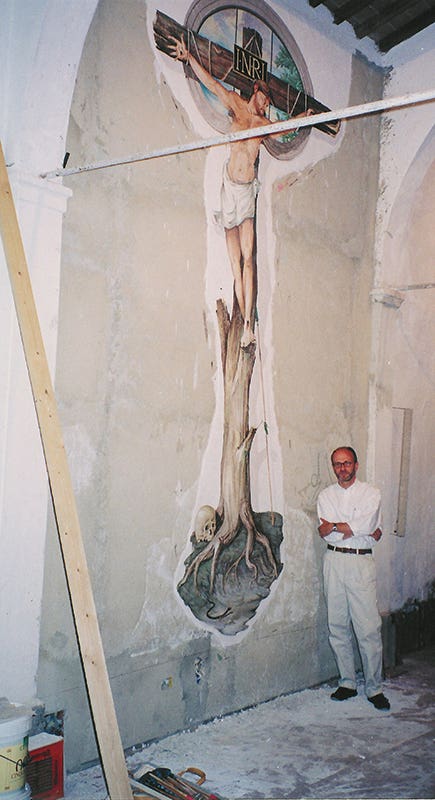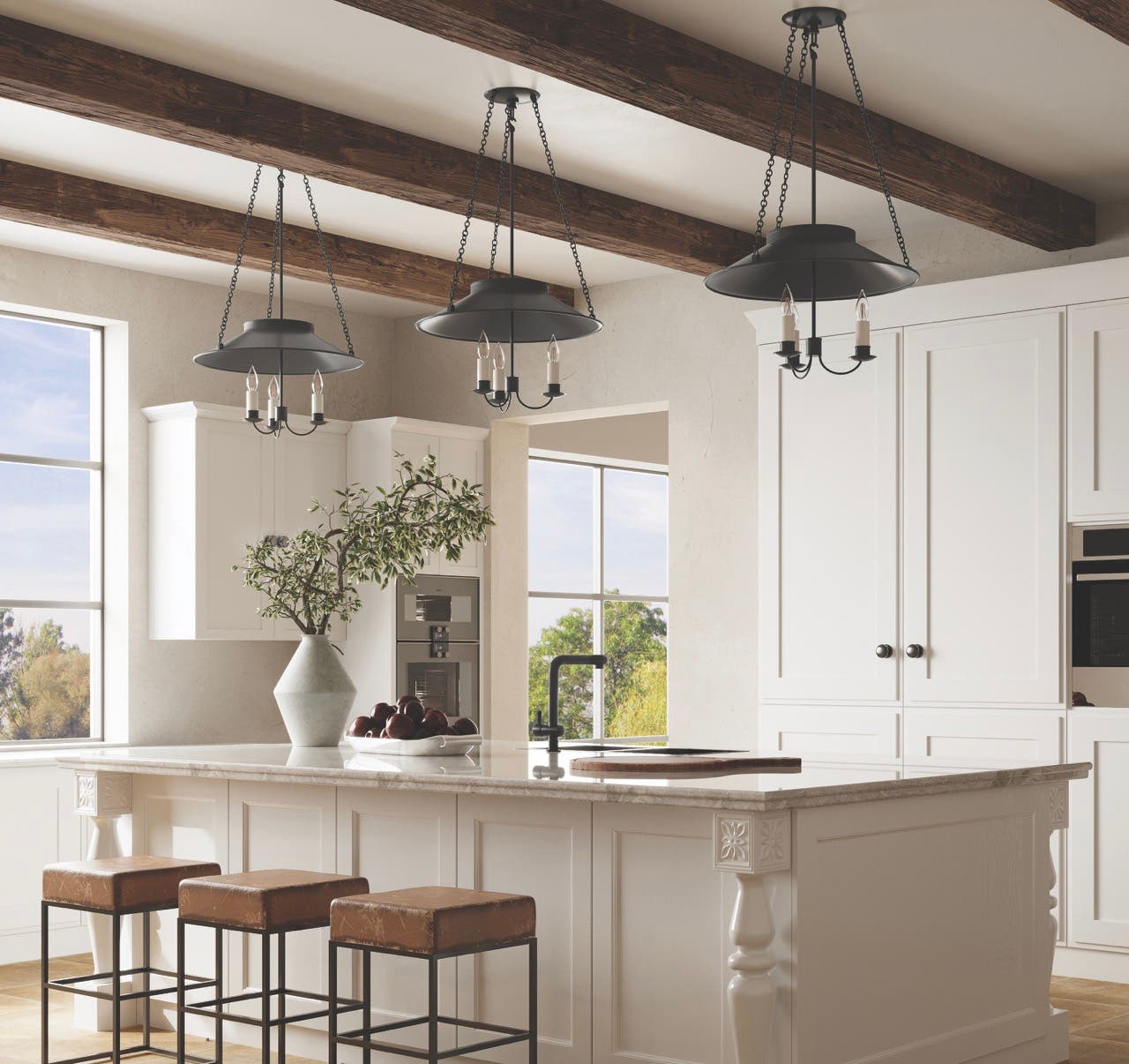
Product Reports
A Glossary of Fresco Painting Terms and Materials
Arriccio: the equivalent of the second (“brown”) coat in a three-coat plaster wall; the surface on which the sinopia is painted (see below)
Bozzetto: the small-scale, full-color model for the fresco composition, often in oil or watercolor
Buon fresco: “true” or “good” fresco. Fresco means “fresh” in Italian, and a buon fresco is a painting into fresh plaster (finish coat of plaster laid on the wall that day)
Cartoon: from the Italian cartone, or large sheet of paper, it is the full-size drawing used to transfer the design onto the intonaco
Giornata: a day’s work—usually about 8 hours, but can be longer—determined by the length of time the plaster remains “fresh” and able to absorb the pigments when brushed on the wall. A large fresco is composed of many giornate, the seams between which often remain somewhat visible in the final painting
Intonaco: the finish coat of plaster upon which the fresco is painted. Composed of roughly one part lime putty and one part aggregate (usually salt-free river sand, but also pozzolana [volcanic ash], marble powder, etc.)
Lime milk: latte di calce in Italian, it is the limey milk that rises to the surface of a bucket of lime putty but can also be made by mixing lime putty and water. Can be used in fresco painting (it tends to lighten colors as it dries). Also used to brush on the sinopia and for lime-wash wall painting
Sinopia: derived from the name of a red pigment (sinoper) often used for this kind of painting, it is the outline of the final fresco painted on the arriccio coat. Any pigment, in fact, can be used, and it is applied with lime milk to adhere to the “dry” arriccio. The sinopia principally provides guidelines for the various giornate.
David Mayernik is a painter who works in oil, watercolor, and buon fresco, in addition to being a practicing architect and author of Timeless Cities: An Architect’s Reflections On Renaissance Italy (Westview Press); he is an associate professor at the School of Architecture, University of Notre Dame.








